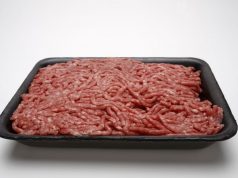Greater severity of food insecurity further heightens risk for overactive bladder
By Lori Solomon HealthDay Reporter
TUESDAY, March 5, 2024 (HealthDay News) — There is a strong positive correlation between food insecurity and the prevalence of overactive bladder (OAB), according to a study published online Jan. 29 in Frontiers in Nutrition.
Yunfei Xiao, M.D., from Sichuan University in Chengdu, China, and colleagues examined the correlation between OAB and food insecurity using data from 29,129 participants in the U.S. National Health and Nutrition Examination Survey (2007 to 2018).
The researchers found that individuals with full food security showed a lower proportion of nocturia, urinary urgency incontinence, and OAB. People experiencing food insecurity had a significantly higher prevalence of OAB in an adjusted analysis compared with those with food security (odds ratio [OR], 1.540). There was also a significant dose-response association between the levels of food insecurity and an increased risk for OAB prevalence (marginal food security: OR, 1.312; low food security: OR, 1.559; and very low food security: OR, 1.759).
“There is a significant association between food insecurity and the prevalence of OAB. Namely, food insecurity is positively associated with OAB development, and levels of food insecurity are also linked with the prevalence of OAB,” the authors write. “It is imperative to increase awareness of food security as a means of managing OAB and to explore its potential for clinical translation.”
Copyright © 2024 HealthDay. All rights reserved.








